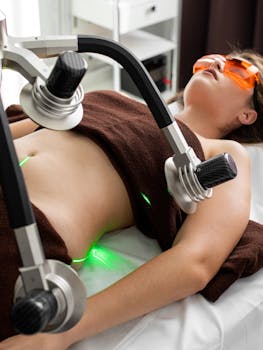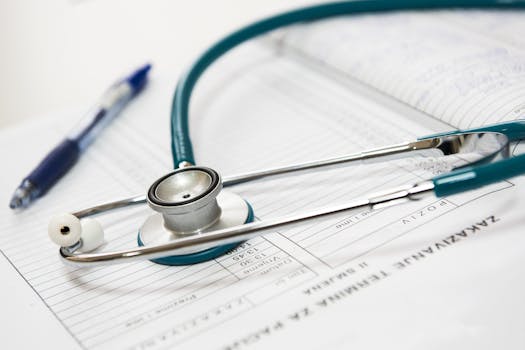If you’re researching fat transfer to breast pros and cons as part of your decision-making, this practical overview will walk through how the procedure works, what patients report, and the main safety considerations. Fat grafting to the breast—also called autologous fat transfer—has gained popularity because it uses your own tissue, but it is not the right choice for everyone. Below you’ll find balanced information, typical recovery expectations, and where to look for more detailed guidance before scheduling a consultation.
Fat transfer to breasts — pros and cons explained
At its core, fat transfer involves liposuction to harvest fat from one area (often the abdomen or thighs), processing that tissue, and then injecting it into the breasts to add volume or improve contour. The main advantages are natural-feeling results, no foreign implants, and simultaneous body contouring from the harvest site. However, there are limitations: the amount of volume achievable in a single session is modest, and some grafted fat may not survive which can lead to variable outcomes.
Who is a good candidate?
Ideal candidates usually have enough donor fat to harvest, seek modest volume enhancement, and prefer a procedure without implants. Candidates should be in good overall health, non-smokers or willing to stop smoking for the perioperative period, and have realistic expectations about potential repeat sessions. Reading breast fat transfer reviews can give insight into patient satisfaction, but individual results vary depending on technique, surgeon skill, and personal healing.
Benefits people report
Commonly reported benefits include a more natural shape and feel compared with implants, scars limited to small liposuction incisions, and the combined effect of fat removal from one area and augmentation of another. Many patients appreciate that fat transfer avoids the life-long considerations of implants (such as replacement or capsular contracture), though implants may be better for those seeking a large increase in size.
Risks and complications
No cosmetic procedure is risk-free. Understand the fat transfer breast augmentation risks, which can include infection, asymmetry, lumps or cyst formation when fat necrosis occurs, and the need for additional treatments if fat resorption reduces volume over time. Rarely, complications at the donor site such as contour irregularities or prolonged numbness can occur. Because grafted fat may calcify, radiologists must be informed about prior fat grafting when interpreting breast imaging.
For a technical overview of the procedure and mechanisms, reputable sources like the medical literature and educational pages (for example, the Wikipedia entry on autologous fat transfer) can be useful starting points: autologous fat transfer (Wikipedia).
What to expect during recovery
Recovery commonly involves mild to moderate soreness at both donor and recipient sites, swelling for several weeks, and gradual settling of the grafted fat. Most people can return to light activity within a few days and resume more strenuous exercise after several weeks, but individual timelines differ. Discuss drain use, compression garments, and activity restrictions with your surgeon to support optimal fat survival.
Questions to ask your surgeon
When you meet with a board-certified plastic surgeon, ask about their experience with fat transfer specifically, what percentage of grafted fat they expect to retain, and how they manage complications. Ask to see before-and-after photos of their patients and request references or patient testimonials if available. If cost and recovery are key concerns, review a detailed guide on pricing and expectations like our linked resource below.
For practical details about cost, recovery timelines, and what to expect in clinic versus at home, consult our full guide here: fat transfer breast augmentation cost and what to expect.
Comparing fat transfer with implants
Choose fat transfer if you prioritize natural feel and modest enhancement without foreign materials. Choose implants if you want a larger, more predictable increase in size. Some patients combine both techniques for optimal shape and volume. Discuss long-term surveillance, imaging, and potential future procedures with your surgeon.
- Takeaways:
- Fat transfer offers natural-feeling augmentation and simultaneous body contouring but yields modest volume compared with implants.
- Outcomes depend on surgeon technique and individual healing; some fat commonly resorbs, possibly requiring repeat procedures.
- Know the fat transfer breast augmentation risks—including infection, fat necrosis, and imaging considerations—and weigh them against benefits.
- Read breast fat transfer reviews and consult a board-certified surgeon to set realistic expectations and plan follow-up care.
Q: How long do results from fat transfer to the breast last?
Some portion of transferred fat typically survives permanently, while another portion is resorbed in the months after surgery. Many patients see stable results after about three to six months; in some cases, additional sessions are performed to reach the desired volume.
Q: Will fat transfer affect future mammograms?
Fat grafting can lead to calcifications or lumps that show up on imaging. It’s important to inform radiologists and your surgeon about prior fat transfer so appropriate imaging interpretation and follow-up can be arranged. Routine screening remains important.
Q: Can anyone get fat transfer to increase breast size?
Not everyone is a good candidate. Patients need sufficient donor fat and realistic goals. Those seeking large increases in cup size may be better suited to implants. A consultation with a board-certified plastic surgeon will help determine suitability and outline alternatives.






